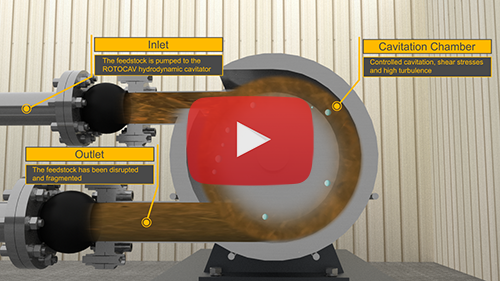Biomass pretreatment by hydrodynamic cavitation
Why using a ROTOCAV hydrodynamic cavitator in biogas or bioethanol plants?
ROTOCAV is a patented E-PIC S.r.l.'s hydrodynamic cavitation technology, which is able to pretreat different biomasses to be fed to biogas and bioethanol plants.
Thanks to this innovative technology, in a biogas plant it is possible to:
- increase the methane yield (at least + 20%);
- increase the total quantity of produced biogas (at least +20%).
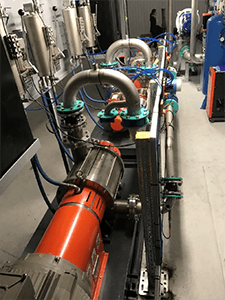
ROTOCAV cavitators installed in a CaviMax unit for biogas application
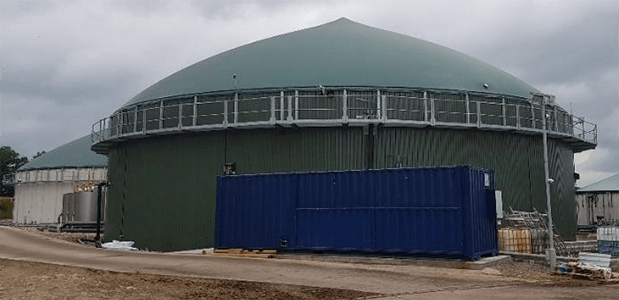
CaviMax unit with ROTOCAV cavitators in a biogas plant
Which effects does the ROTOCAV hydrodynamic cavitator produce on the treated biomass?
Hydrodynamic cavitation disgregates the biomass and increases its specific surface area, total pore and micropore volumes.
Look at the example below, relevant to wheat straw treatment:
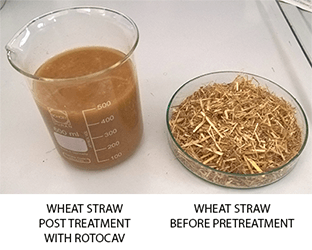
The pretreatment of the wheat straw with the ROTOCAV cavitator ensured an increase in specific surface area, total pore and micropore volumes by a factor of 50%, compared to the wheat straw before the pretreatment.
SPECIFIC SURFACE | TOTAL PORE VOLUME (mm3/g) | TOTAL MICROPORE VOLUME (mm3/g) | |
| Wheat straw before treatment | 1,28 | 3,33 | 0,36 |
| Wheat straw after treatment with ROTOCAV | 1,92 | 5,08 | 0,59 |
Moreover, the pretreatment ensured a biomass delignification by a factor of 25% and deacetylation of carbohydrates.
Which advantages can I achieve by installing a ROTOCAV cavitator in a biogas plant?

Biomass to be fed to the ROTOCAV hydrodynamic cavitator
Shear stress and cavitation promote the physical shredding of the biomass, increasing the available area on which bacteria can thrive, improving the biodegradability of the organic matrices and speeding up the decomposition of the organic matter.
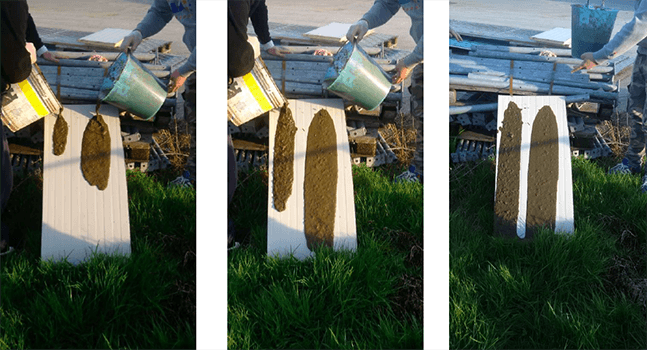
In each image, on the left, untreated digestate and, on the right, treated digestate with ROTOCAV hydrodynamic cavitator
The treatment with the ROTOCAV cavitator is able to:
- make better use of the biomass;
- decrease the viscosity of the digestate (improving its pumpability);
- improve the homogeneity of the digestate.
These advantages translate in terms of plants benefits:
- increased production of methane (maximization of yields);
- less retention time;
- better plant flexibility (using for example fibrous feedstock, more difficult to be digested)
What is the best installation configuration of the ROTOCAV hydrodynamic cavitator in a biogas plant?
The ROTOCAV cavitator can be installed in new plants or as a booster in existing plants, and it can be fed with agricultural waste and organic fractions.
CaviMax can provide "plug & play" plants, easily to be incorporated in existing plants.
Installation of the ROTOCAV can be:
- in loop to the digester;
- between two digesters;
- at the load.
Which is the best plant configuration to have the highest yield of methane?
The installation of the ROTOCAV cavitator in a loop to the digester ensures an optimal mixing effect inside the digester, preventing the generation of surface crusts, increasing the process performances. In fact, by recirculating the digestate many times inside the cavitation chamber, the organic fraction is subjected to repeated cavitational treatments.
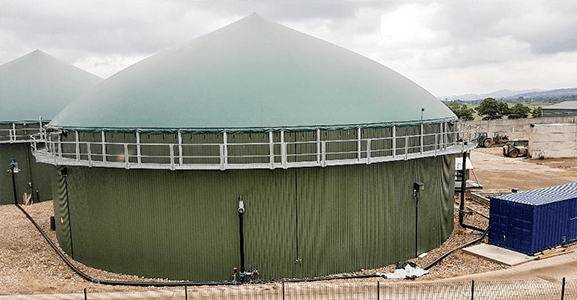
CaviMax unit with ROTOCAV cavitator - biogas plant - installation in loop to the digester
Footprinting minimization, energy efficiency, maximization of yields, operational flexibility and possibility to treat any kind of biomass: these are only some of the advantages offered by the ROTOCAV technology.
E-PIC S.r.l. designs and provides hydrodynamic cavitation assisted equipment according to customer needs.
CONTACT US for more information.

